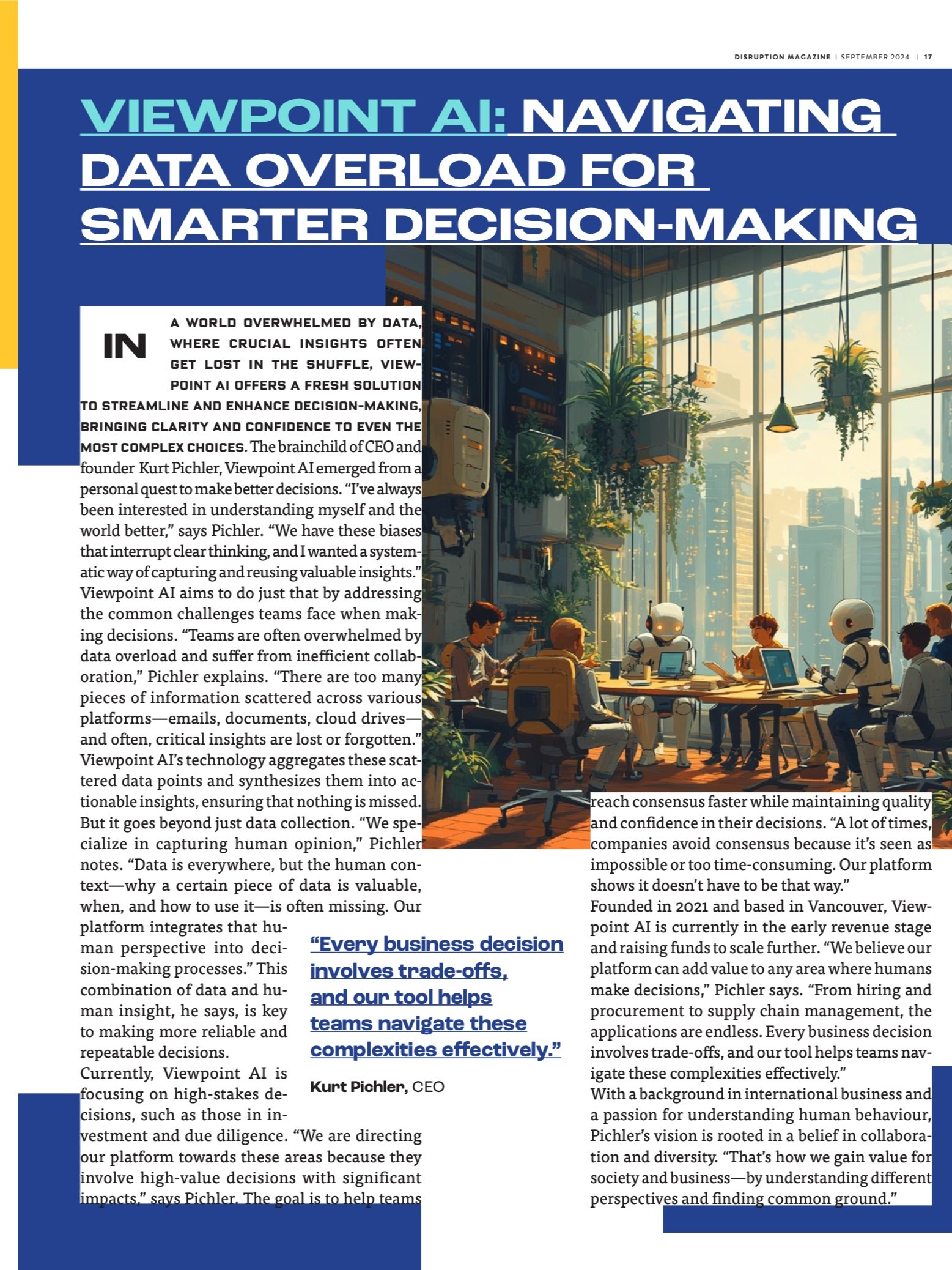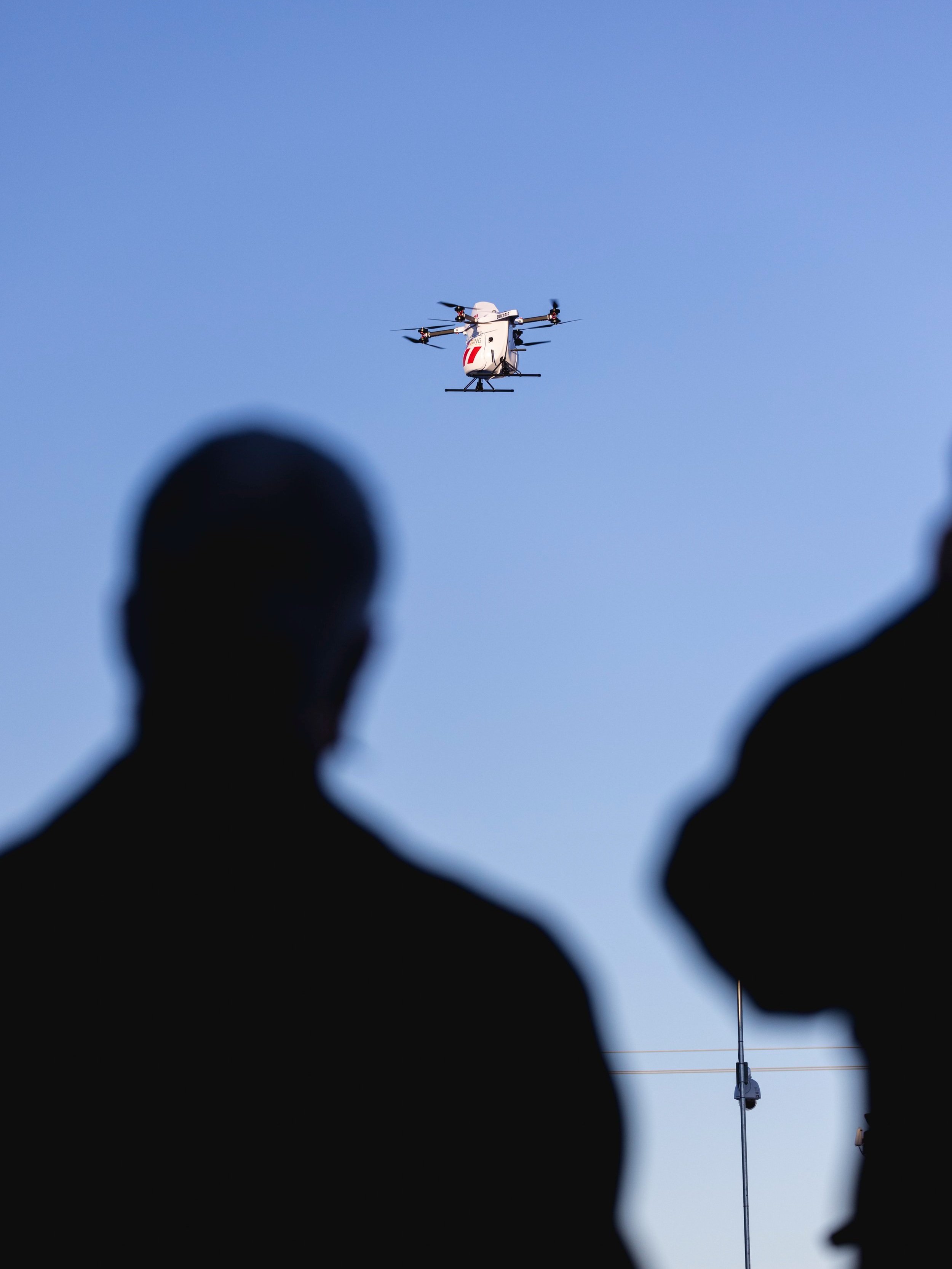Edmonton International Airport’s Bold Approach to Drone Technology
Bird’s Eye View
tl;dr
Edmonton International Airport (YEG) has pioneered drone integration for operational efficiency, safety, and cargo movement over the past 12 years.
YEG is a global leader in commercial drone delivery, partnering with companies to deliver cargo and expand services, including medical deliveries.
Drones are used for runway inspections, wildlife management, and safety enhancement, contributing to YEG’s culture of innovation.
YEG received the Transport Canada Aviation Safety Award in 2024 for its innovative drone use.
Edmonton International Airport (YEG) is leading the way in integrating drone technology into its operations, transforming airport management, safety, and cargo movement. Over the past decade, YEG has set a benchmark in the aviation industry by adopting drones for both operational efficiency and safety.
The Evolution of Drone Technology at YEG
YEG's journey with drones began approximately 12 years ago when it was approached by a technology partner with a vision for using drones within the airport's operational framework. Recognizing the potential of this emerging technology, YEG embarked on a rigorous process to integrate drones safely and effectively into its operations.
“We started with extensive tests and regulatory requirements, collaborating with Transport Canada, NAV Canada, and our internal teams to develop a comprehensive Hazard Identification Risk Assessment,” says Dean Ervin, Director of Aerodrome Operations, Safety, and Compliance at Edmonton Airports. “This process was crucial in ensuring that drone operations could be conducted safely within the complex environment of an airport.
Advancing Commercial Drone Delivery
“We’re excited about the potential for drones to contribute to further aspects of airport operations, like new uses in cargo transport, health care, and emergency services.”
One of the most significant advancements at YEG is its role in commercial drone delivery services. YEG became one of the first airports in the world, and the only one in Canada, to successfully implement regularly scheduled commercial drone delivery operations within controlled airspace. Since May 2022, YEG has partnered with Drone Delivery Canada (DDC), Air Canada Cargo, Apple Express, Leduc County, and Ziing Final Mile to operate a scheduled drone service carrying up to 4.5 kg of cargo from the airport to a drop spot in the adjacent county.
These drone flights are remotely monitored by DDC from its Operations Control Centre in Vaughan, Ontario, demonstrating the capability to conduct controlled drone flights from a distance. “We’re excited about the potential for drones to contribute to further aspects of airport operations, like new uses in cargo transport, health care, and emergency services,” says Trevor Caswell, Manager of Demand Product Development on the cargo side at YEG. “As regulations evolve and technology advances, the possibilities for drone use will expand, potentially transforming how we approach airport management.”
According to DDC, automation tools are pushing the boundaries of what a drone can do without human intervention. Artificial intelligence and data analytics help drones make decisions in real time, navigating complex environments and adapting to weather conditions. There are still visual observers on the ground at YEG, keeping a watchful eye on the drone and its surroundings.
Looking ahead, phase two of the commercial drone delivery program is set to launch in September, expanding the route to a new drop spot with a longer flight path within controlled airspace. The drone will carry high-value, time-sensitive, and pharmaceutical products between the airport and a new medical facility.
More Innovative Projects at Edmonton International Airport - Airport City
Innovative Applications and Expanding Benefits
YEG's use of drones has expanded beyond commercial delivery. One of the earliest and most notable applications was the deployment of an autonomous peregrine falcon, known as Robird, to manage bird and wildlife activity on the airfield. Its presence has significantly impacted the behaviour of Canada geese, which used to nest near the airfield and pose a risk to aircraft safety. “The drone has successfully altered the geese’s nesting habits away from the airport, leading to a notable reduction in their presence on the airport grounds,” Ervin says.
Additionally, drones at YEG have been employed for various operational tasks, including runway inspections, PAPI (Precision Approach Path Indicator) verifications, and topographical scans. “We use drones for scanning runways, verifying instrument controls, and checking the condition of our apron areas,” Ervin notes. “The technology allows us to perform these tasks more efficiently and with greater precision.”
Enhancing Safety and Security
“Drones allow us to view safety concerns from a new perspective.”
Safety and security are top priorities at any airport, and drones play a crucial role in enhancing both at YEG. “Drones allow us to view safety concerns from a new perspective. For example, if a pilot reports an issue with runway markings, we can use drones to replicate their approach and assess the situation from their viewpoint,” Ervin says. “This not only helps in resolving the issue but also in demonstrating our commitment to maintaining high safety standards.”
The airport is also exploring the use of drones for perimeter patrols, which will enhance surveillance around its boundaries and align with broader security measures.
A Culture of Innovation
The success of YEG’s drone program reflects its culture of innovation. The airport’s executive and operational teams are committed to exploring new technologies and improving existing processes. “That culture is embedded in everything we do. From safety and security to operational efficiency and environmental sustainability, drones represent just one aspect of our broader strategy to enhance airport operations and contribute positively to the region,” Ervin says.
Recognized nationally for its innovative use of drone technology, YEG received the Transport Canada Aviation Safety Award in 2024. As drones become increasingly integrated into its operations, YEG continues to look ahead, committed to leading the way in leveraging technology to transform the future of aviation.














